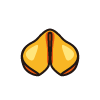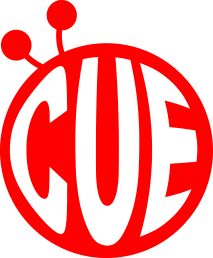人形浄瑠璃の演目を移植したものは丸本物と呼ばれる(義太夫狂言と呼ぶ場合も多いが、これは義太夫節を用いる歌舞伎の称であり、意味するところは多少異なる)。
Kabuki Kyogen, with stories that came from Ningyo Joruri are called "Maruhonmono" (doll theater); in many cases, they are also called "Gidayu-kyogen," but "Gidayu-kyogen" is the name of the Kabuki which uses "Gidayu-bushi" (the musical narrative of the puppet shows), so it differs a bit from Maruhonmono.
Wikipedia日英京都関連文書対訳コーパス
















